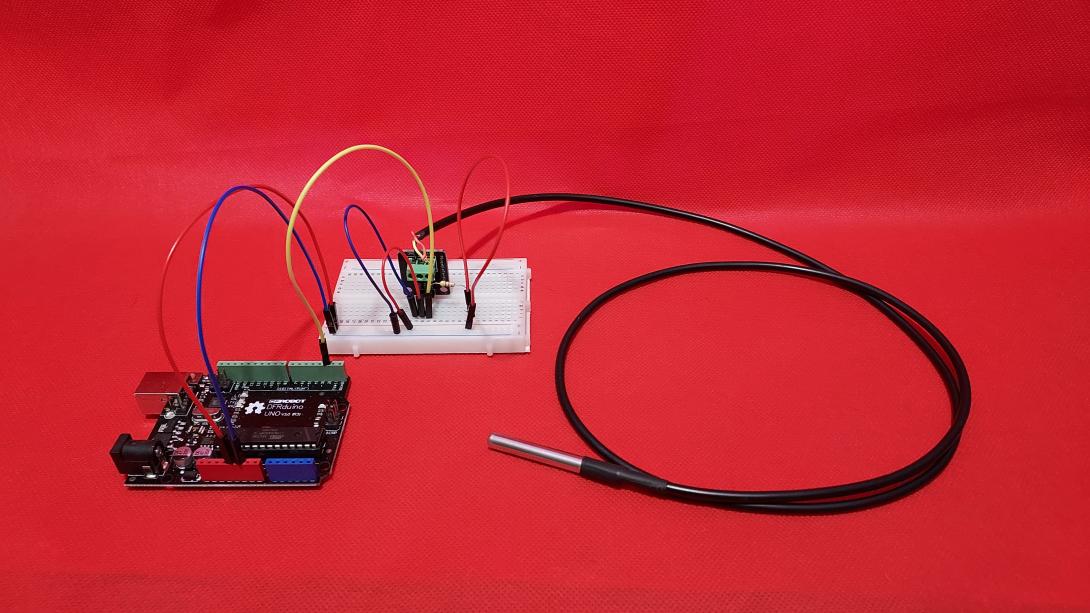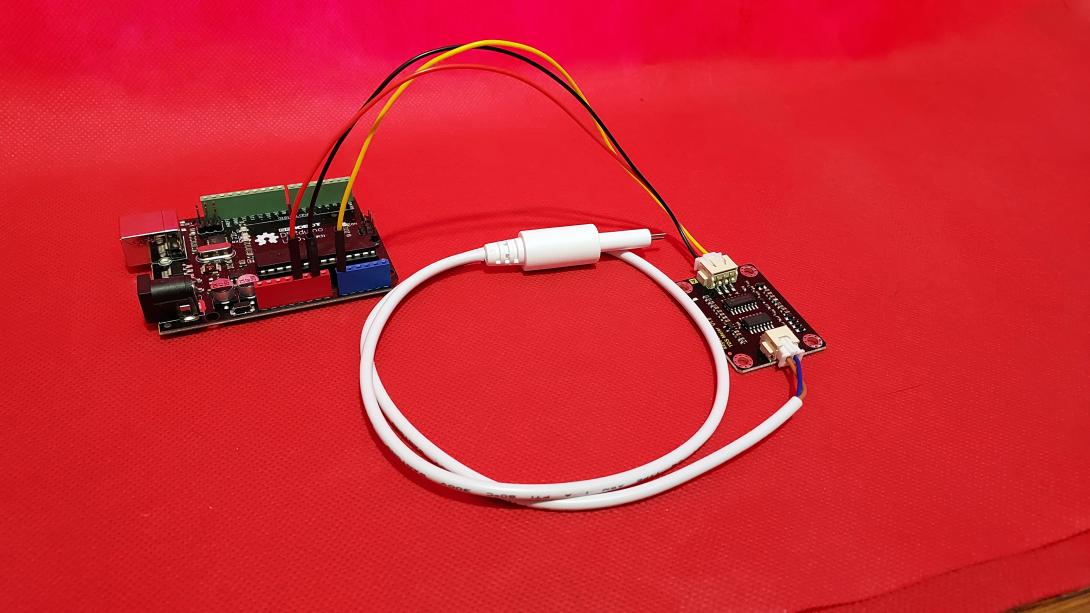Gearbox Labs has worked with all of the sensors on this page. Many appear in one or more of our publications.
Links to the sensor on our store are included. After each sensor are some ideas that would be great science or engineering fair ideas.
Atmosphere
The MQ line of sensors are both accurate and versatile. Pick the sensor that is best suited for your needs. Some of these sensors measure hazardous chemicals and need to be used under supervision under safe conditions.
- MQ2 – Volatile Organic Compounds (VOCs) sensor. A great sensor for detecting a wide range of VOCs. The MQ2 can easily be used to detect different levels of VOCs. Often homes as well as in factories, suitable for detecting liquefied gases, butane, propane, methane, alcohol, hydrogen, vapor.
- MQ3 – Ethanol, alcohols. Another great general purpose gas sensor.
- MQ4 – Methane This sensor is made to detect primarily methane but can also detect other VOCs. Store Link
- MQ5 – This sensor is used for gases leaks. It detects liquefied gas, butane, propane, methane, hydrogen artificial gas. Store Link_MG_9580.JPG
- MQ6 - LPG Store Link
- MQ7 – Carbon monoxide. This sensor is very accurate and also used in safety devices.
- MQ8 - Hydrogen. This sensor detects H2 in fairly small amounts. Store Link
- MQ9 – Carbon Monoxide, Methane and LPG. An accurate mixed gas sensor.
- MQ131- Ozone. We have had great experiences with this sensor. One of our students used this for their science fair entry. Store Link
- MQ135 - NH3, Nitrogen oxide, alcohol, Benzene, smoke, CO2. A great sensor for gases with nitrogen atoms or mixed gases made from burning. Secondarily will pick up some VOCs and CO2. Store Link
Additional Atmospheric Sensors
- CO2 - Single purpose sensors for measuring CO2. Comes in four configurations/sensitivity ranges. Store Link- Analog | Store Link I2C | Store Link Infrared 400+ ppm | Store Link 0 - 50000 ppm
- O2 - A single purpose sensor for measuring O2. Store Link
Soils
Soil Moisture
- Soil Moisture (Conductive) - Soil Moisture sensor for temporary or short-term measurements. View Video | Store Link_MG_9569.JPG
Water / Precipitation
- Water Flow - Measure the rate of flow through this sensor in gallons or liters per second, minute, or hour. View Video | Store Link_MG_1024.JPG
- Rain Fall - Detect the rain fall View Video | Store Link
- Water Level - This sensor will indicate the depth of water along its length View Video | Store Link
- Turbidity - This sensor measures water turbidity - or the amount of solids suspended in the water column. Very accurate and responsive to changes. Store Link
- Water Temperature - This sensor will can be fully immersed in a liquid and measure temperatures from -55 C to 120 C. View Video | Store Link 20220427_134025.jpg
- Total Dissolved Solids - the first sensor to use in water quality measurements. It will give a baseline indication of the amount of dissolved material in a water sample. It also can be used to measure parts per million (ppm) of dissolved solids. Store Link20220511_170454.jpg
- pH - This sensor is very accurate for measuring pH levels of many liquids. It is easy to build, code, and maintain. Combine this with a water temperature sensor and it will be self-calibrating for temperature. View Video | Store Link_MG_9563.JPG
Materials (Recycling)
- Inductive proximity sensor-Identifies metals. It can be calibrated for different metal types. Current sensors need a 9-volt power supply to work. But once powered the data can be received by any Arduino or ESP32. We feature this sensor in our IoT book. Store Link
- Capacitive sensor- Identifies wood, plastic, glass. Current sensors need a 9-volt power supply to work. But once powered the data can be received by any Arduino or ESP32. We feature this sensor in our IoT book. Store Link
Disclaimer. The sensors are meant to be used for prototyping, informational, and demonstration purposes only. The sensors are not meant to be used as replacements for certified professional sensors that have been independently tested and certified for use in health and safety applications.


